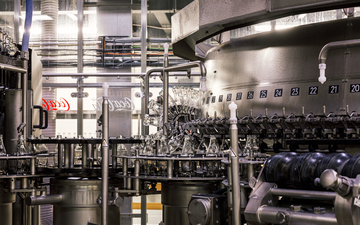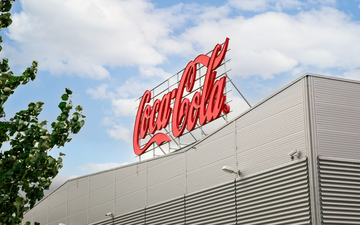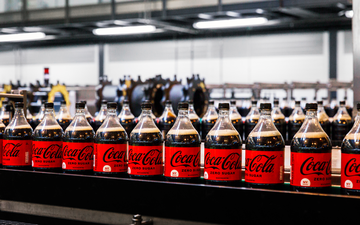- Home
- Home
-
Shop
-
Industries
- Processes
- Gases and Equipment
-
Services
-
Safety
-
Contact & Support
-
News & Media
Linde biogenic CO2: a ‘perfect fit’ for climate work by Coca-Cola in Sweden
Coca-Cola in Sweden has a track record of sustainability innovation, which made Linde a natural partner for local efforts to achieve climate neutral certification.
Local success, global leadership within Coca-Cola system
According to Cathrine Westerlind, Senior Sustainability Manager for CCEP in Sweden, Linde has been a “perfect fit” for the company’s ongoing sustainability work, which also includes switching to 100 percent renewable electricity and using 100 percent recycled plastic for locally produced bottles.
“Biogenic CO2 from Linde is an important piece of the local sustainability puzzle,” she explains.
“It allows us to serve as a role model for our colleagues in other markets. And it’s always rewarding to be considered at the forefront within a big company like Coca-Cola.”
She admits that conditions in Sweden like access to locally produced sugar and renewable electricity – as well as a bottle deposit system that allows producers to collect more than 85 percent of their PET bottles – means CCEP in Sweden can “move further, faster” on sustainability compared to other markets.
But she hopes Sweden can still “lead by example” within the global beverage giant and that local sustainability successes in Sweden can inspire other markets across the globe.
“Our drinks should make as small an impact as possible on the environment and climate,” she says.
“So, we have a responsibility to take full advantage of local conditions here and be an example for what is possible.”


